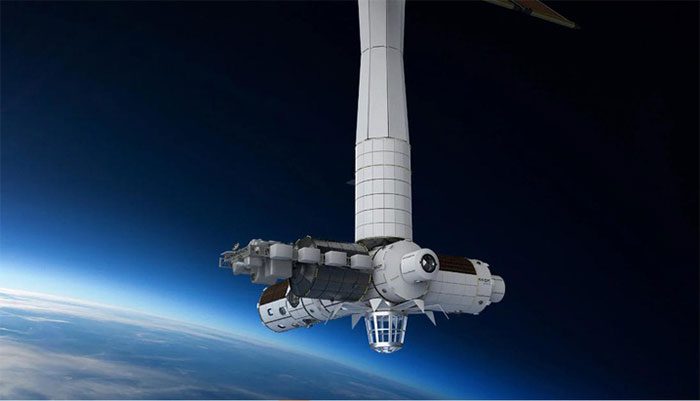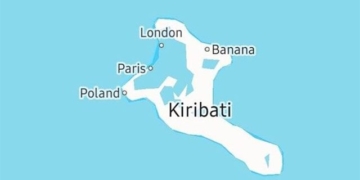In about 5-7 years, the International Space Station (ISS) will re-enter the Earth’s atmosphere and plunge into the Pacific Ocean. What will NASA use to replace the station?

Axiom Space Station – (Photo: BGR).
After the ISS “retires”, NASA has stated that they do not plan to launch another space station into orbit. Instead, they will utilize commercial space stations developed by private companies.
In 2020, NASA awarded Axiom Space up to $140 million to construct at least one module to be attached to the ISS. This module could eventually be part of a new free-flying space station.
By the end of 2021, NASA had granted $130 million to Blue Origin, $160 million to Nanoracks, and $125.6 million to Northrop Grumman to develop designs for their own stations.
In addition to these companies, several major firms are also working to create their own space stations, including Axiom Space, Northrop Grumman, Blue Origin, and the “alliance” of Voyager Space – Nanoracks.
Each company plans to approach their station in different ways, meaning NASA will need to select a suitable space station to collaborate with.
If everything goes according to plan, NASA should have no trouble replacing the ISS with other commercial stations.
However, this is a complex issue as it involves calculating how many space stations can orbit the Earth simultaneously.
Currently, there is the Tiangong Space Station from China. Additionally, other countries are also interested in establishing their own space stations.
| The ISS is a joint effort of multiple countries. Currently, the plans to replace the ISS heavily depend on Russia, as Russia plays a significant role in maintaining operations on the station. If Russia leaves the ISS early, it means the ISS must “retire” sooner than the planned 2030. |





















































